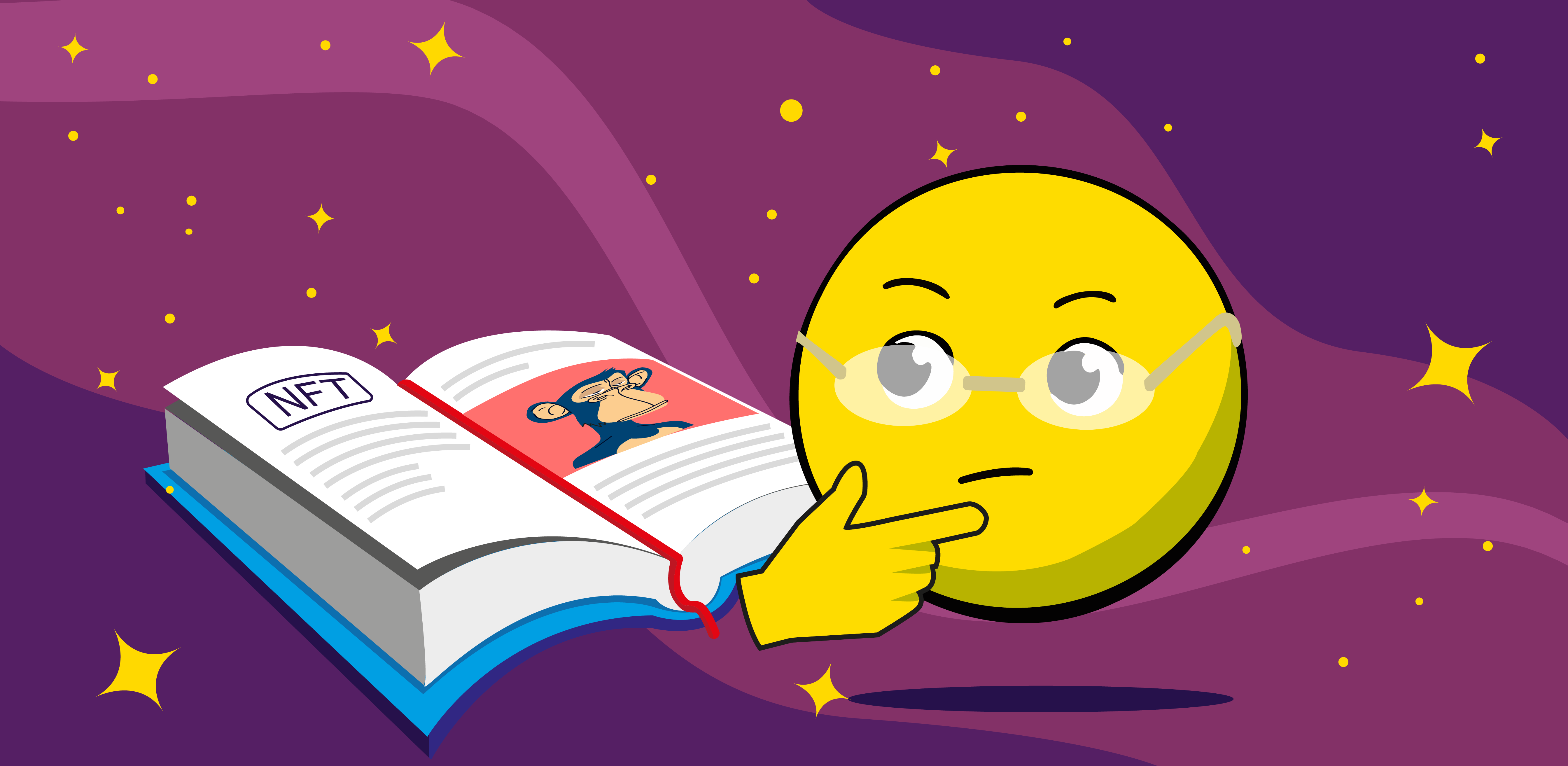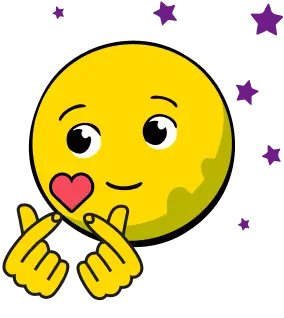
We see the evidence of NFT popularisation even outside the crypto world when we hear news about NyanCat being sold or music artists promoting their work and using NFT to monetize it. Even though there’s, undoubtedly, a lot of influence of NFT on people and pop culture, many still don’t know what it is and whether it’s worth paying attention to. Let’s have a look at the definition of NFT, whether it has value, and what projects are associated with it.
What is NFT?
NFT is a so-called non-fungible token. Any item that is unique due to its characteristics and cannot be formally replaced with the exact same one is considered non-fungible. In contrast, any fiat currency is a classic example of an interchangeable, fungible asset since any dollar bill is equal to another dollar. In the crypto world, there are also fungible kinds of coins like Bitcoin or utility tokens, that can be exchanged one for another. NFT, on its own, is an indivisible token that represents a unique item, digital or existing in real life. It is typically used for digital art, games, and collectibles. Despite all the differences, NFT still runs on the blockchain network and there are two types of new standards created specifically for NFT: ERC-721 and ERC-1155. There are quite a lot of opinions about this type of token in the crypto community. Some say that NFT is the next big thing in the world of cryptocurrencies, but others say that the scale of the NFT market and its user base is limited and that the hype around NFT will eventually cease. Undoubtedly, 2021 has marked a boom in NFT so let’s analyze why exactly it is trending and what are the reasons behind people saying that it will soon overperform DeFi.
Why are NFTs important?
Fundamentally, an NFT is a digital certificate that represents a unique object. The token will already contain all the information about the given object, as well as an exclusive right to it. When we own, buy, sell, or exchange a token, we perform all these operations with the product itself. Since the tokens are stored in an open and distributed blockchain, information about this product, its owner, and the history of transactions with this product will always be available and reliable. We can always know who made what product and who it currently belongs to. NFT technology potentially allows you to tokenize, that is, transfer any product to the blockchain. One can attach NFT to any digital product like images, videos, audio, or GIFs. The tokens can also be used to prove the ownership of a given item like virtual land and to validate the authenticity of the crypto asset. NFT allows you to digitize the interaction with any virtual and physical goods like digital art, weapons, skins, or characters. There are numerous NFT marketplaces, such as SuperRare, Nifty Gateway, and Rarible, where users trade collectible items.
Why do NFTs have value?
Tokenization adds many useful properties to any digital product that increase the value of this product. Firstly, they present ownership and inviolability. When your digital asset is decentralized, it does not depend on the system in which it is located. This is especially true for game items. You buy them, but you own them as long as the developer company allows you to. With NFT, you have a certificate of ownership of a given product. During the transaction, all computers connected to the cryptocurrency network enter data about it in the general chain. Such public records serve as evidence of authenticity, and they cannot be changed or erased. The tokens are also unique and scarce which adds value to the product. On NFT-based platforms collectors can build a network and content creators can express themselves freely and find new audiences and markets. They can be sure that their art won’t be distributed illegally without their consent. The tokens also have liquidity. One can check the originality of a digital work which makes it easier to sell. Another advantage of the tokens is their interoperability. A given item can be used within different platforms, as long as the developers allow users to do that. The tokens are also programmable which means that the items can possess complicated characteristics within themselves.
NFT and digital art
The history of NFT started mainly with digital art. On the Internet technically anyone can save a copy of your work and NFT solves the “right-click problem” associated with art. Thanks to the programmability of NFT, it allows artists to have full control over what happens with their work. By making royalties automatic, for example, artists can receive a percentage of each resale of their work. The commission is registered in the smart contract and goes to the artist’s crypto wallet automatically. This ensures that they get credit for the work and doesn’t depend on the person reselling the work.
Best NFT artists and art projects
Currently, these are the most famous and recognizable artists on the NFT network: Beeple, Coldie, MBSJQ, Muratpak, Hackatao, and Fewocius. Many of them operate on platforms for publishing and exploring digital art like SuperRare, Nifty Gateway, Rarible, OpenSea. Some artists like JOY and Josie have used their smart contracts to create real brands. Cent, a social network with a unique micropayment system, has become a relatively popular community where people can share and discuss crypto creations. SuperRare is one of the first platforms used for rare editions of digital works. It has strict pre-moderation, as well as high quality of work and prices. Nifty Gateway as a popular platform for crypto art has mass drops when one work is sold in several copies. The largest sales in terms of revenue are organized on this platform. For example, Beeple sold $3.5 million worth of works on Nifty Gateway in one weekend. OpenSea is the largest marketplace for NFTs in general and crypto art in particular. Most secondary sales are made on OpenSea. Rarible is the most democratic platform. Anyone can tokenize their work. In general terms, Rarible is not only for crypto-art but rather a marketplace for any NFT.
Other popular NFT projects
CryptoKitties
Many attribute NFT’s popularity to CryptoKitties, a collectible blockchain game created by Canadian-American studio Axiom Zen. It has built a bridge between blockchain and entertainment. One can nurture a virtual kitten and cross it with another one in order to get a new pet with unique characteristics and sell it.
Despite the simple idea, the platform possesses complicated technology. Information about animals is stored in the Ethereum network, and the rules of the game are spelled out in a smart contract. Being programmable, the items in the game possess different characteristics. Each crypto cat has a combination of different properties, such as age, breed, or color. After the crossing of two unique kittens, there is one new cat with a unique 256-bit DNA, derived from a mixture of the parents' DNA and from random mutations. The DNA of a new cat sets its appearance according to the rules defined by the developers. The game also has a commercial component. You can put kittens up for sale, offer them for mating for the desired price, and get the money by giving the kitten, or buy one. The virtual animal can only be purchased for Ether. Now, 11% of all transactions in the Ethereum network account for the purchase of these pets.
СryptoPunks
CryptoPunks, another NFT token project, was launched even before CryptoKitties. Tokens represent the heads of punks made in pixel art. Each punk has different attributes, such as background color, accessories, or an unusual appearance of an alien or a zombie. There are currently 10,000 cryptopunks in circulation, all with unique features. At its inception, CryptoPunks weren't separate tokens, but rather a trading platform that could be used with wallets like Metamask. This certainly simplified interactions and lowered the NFT entry threshold. Moreover, these tokens are compatible with wallets and platforms on Ethereum, although they are based on the usual ERC20, and not on the more modern ERC721 and ERC1155.
Сrypto Stamps
Crypto Stamps is another project connected to NFT. Essentially, these are stamps issued by the Austrian postal service. Like any others, they are used to mark postal items, but the main feature is that they are stored as digital images on the Ethereum blockchain, making them available for sale as digital collectibles. This project has connected the digital world with the real world.
Conclusion
NFT is called the main trend in the blockchain in 2021. There are many use cases for such tokens, and, likely, many developers will soon offer new, exciting innovations for this promising technology. This technology has already revolutionized the art of the game in particular. There are quite a lot of advantages of blockchain gaming. For users, this is an opportunity to easily exchange in-game assets without the participation of intermediaries. Developers can use the blockchain to generate additional revenue from the sale of game items and tokens, as well as attract new users. The development of the NFT market allows content creators to sell works of art directly to the audience, without intermediaries. Digital collectibles are opening up blockchain technology to completely new industries beyond traditional financial management applications. Representing physical assets in the digital world, NFT tokens can become an important part not only of the blockchain ecosystem but also of the economy as a whole. NFTs have investment value as a popular area that can help blockchain technology achieve mass adoption.

